Hey everyone!
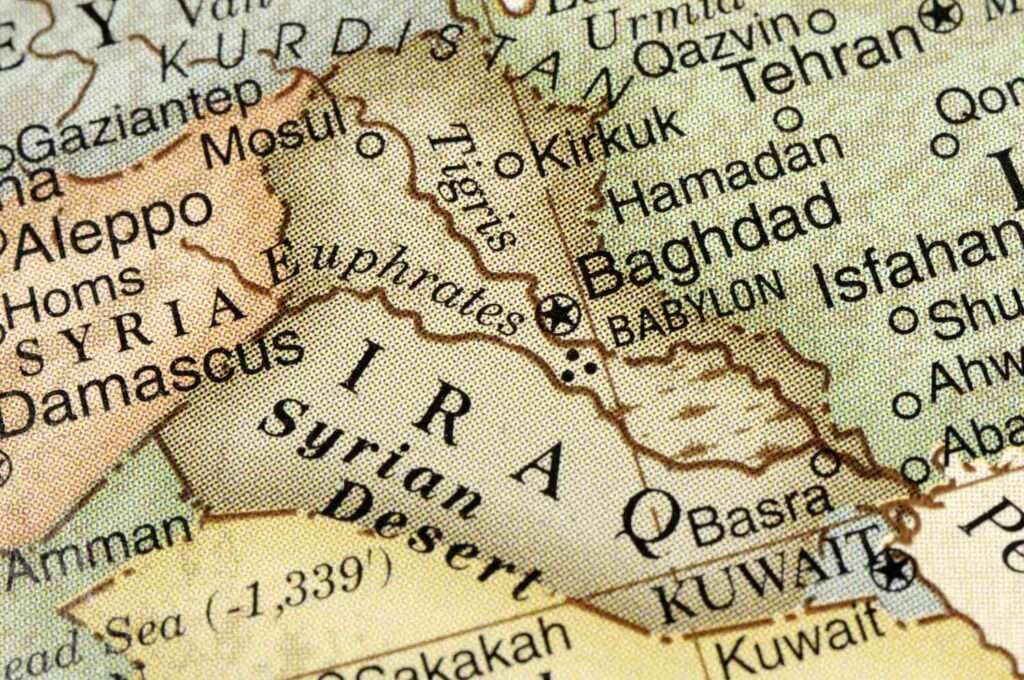
Recently, on instagram one of you asked me to dive into the world of Iraq, and it was clear from your votes that the Sumerian language was a hot topic!
Why Sumerian is Important?

The Sumerians are recognized as the world’s first civilization, and their language is the oldest known written language, dating back to around 3100 BCE in what is now modern-day Iraq.
Their texts give us insight into the earliest laws, literature, religious practices, and breakthroughs in math, astronomy, and medicine. Initially, it was used for everything from keeping track of goods and trade to documenting myths, laws, and even personal letters.
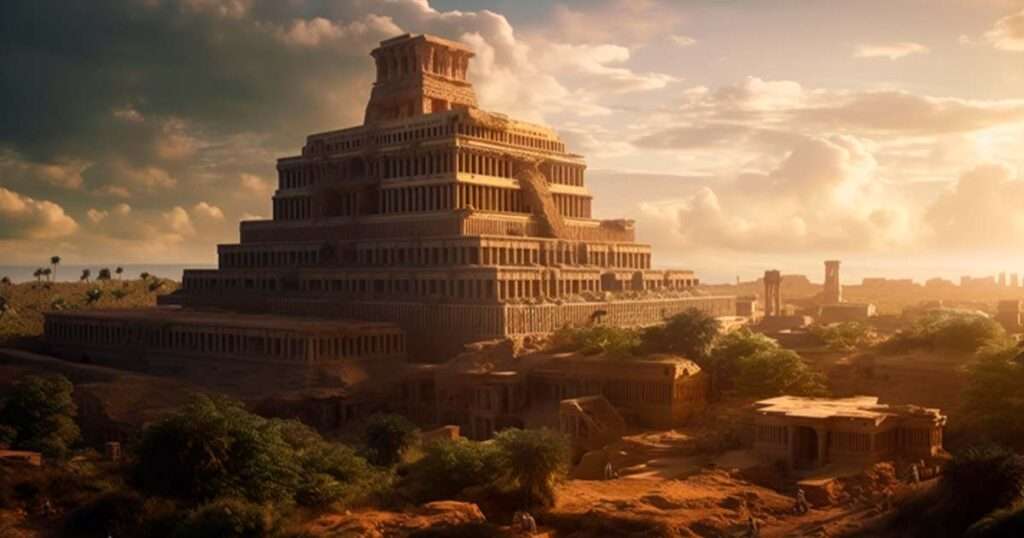
Ancient Mesopotamia
These writings help us grasp how cities, governments, trade networks, and social structures emerged in ancient Mesopotamia. Cuneiform records reveal how the Sumerians built some of the earliest urban centers, such as Ur, Uruk, and Eridu. They show the organization of city planning, resource distribution, and infrastructure, including the development of temples, markets, and residential areas.
Even though the Sumerian language eventually disappeared, many of their ideas, words, and systems continue to shape modern languages and cultures today.
Cuneiform: The World’s First Writing System?
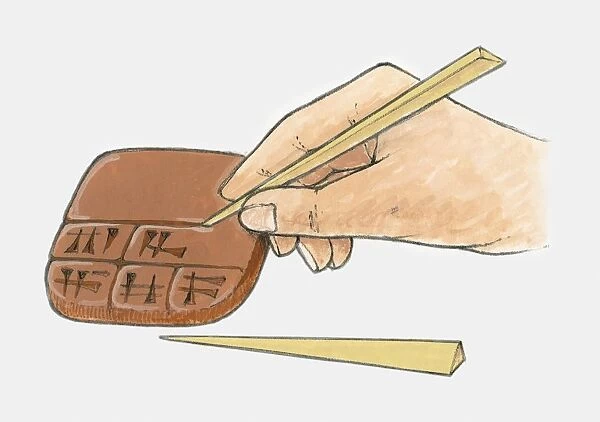
The Sumerians developed a writing system known as cuneiform, one of the earliest forms of writing in history. They used a reed stylus, which had a triangular tip, to press wedge-shaped symbols into soft, wet clay tablets. Once the writing was complete, the tablets were often left to dry and harden, preserving the information for centuries.
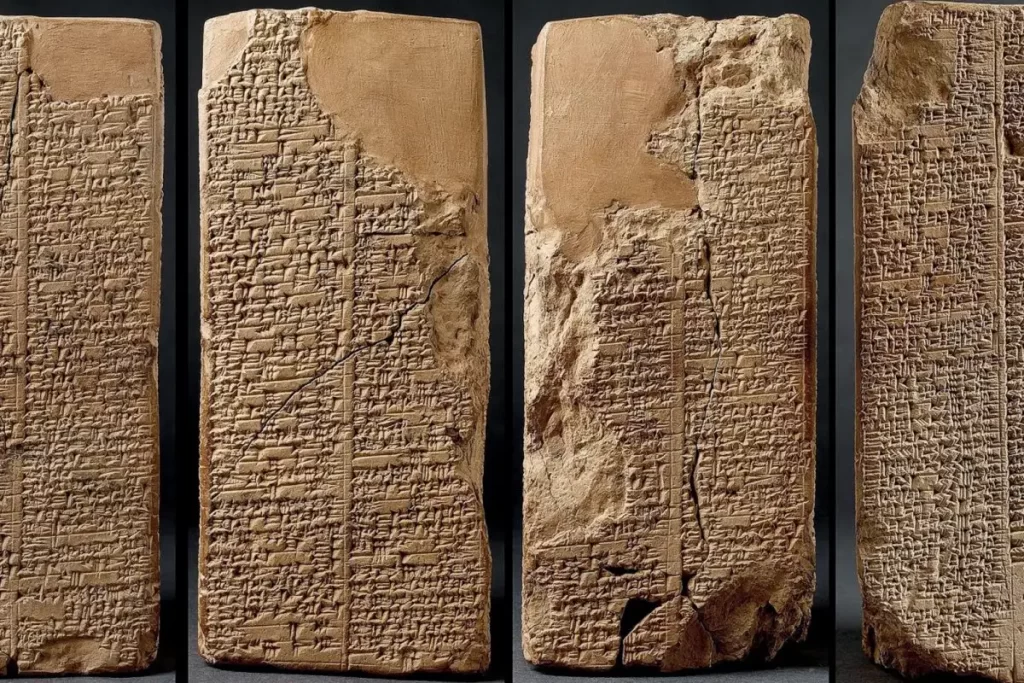
Tablets from the Library of Nineveh (c.700-630BC) Trustees of the British Museum, London
Thousands of these clay tablets have survived, offering valuable insights into ancient Sumerian life, from business transactions to epic stories like the Epic of Gilgamesh.
Though it began with the Sumerians, cuneiform became a writing system that lasted for over 3,000 years, making it a key tool in the history of communication.
Other civilizations, like the Akkadians, Babylonians, and Persians, adopted and adapted cuneiform for their own languages.
Logograms and Phonograms:
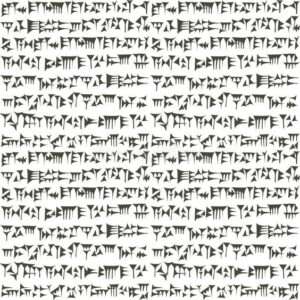
What’s truly fascinating about Sumerian writing is its mix of logograms and phonograms. Let’s break this down:
1) Logograms are symbols that represent whole words or ideas. Think of it like a logo: if you see a symbol that represents “home,” you immediately know it means “home” without needing any extra words.
2) Phonograms are symbols that represent sounds. Imagine the “@” symbol in email addresses. It doesn’t spell out the word “at,” but we read it as “at.”
And if we were to combine logogram “home” with phonogram “@” it would mean something like: “at home”

Few Examples from Sumerian Script:![]()
- This logogram 𒆳 represents “Mountain” or “Land,” often used for geographic locations.
- Another logogram 𒂍 stands for “House” or “Temple.”
For phonograms:
- This symbol 𒀀 represents the sound “A,” used in words like Aba (father) or Amar (child).
- This symbol 𒈨 represents the sound “ME,” used in words like Me (divine power) or Melu (servant).
Originally, cuneiform started as simple pictographs, where each symbol represented a specific object or idea. Over time, it evolved into a more complex system that represented sounds (syllables) as well as ideas. This shift allowed the Sumerians to write more abstract concepts, like emotions, legal codes, and detailed narratives.
Why It Matters?
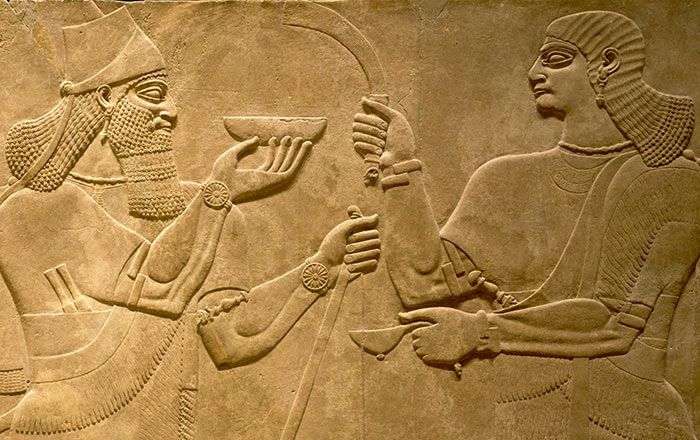
Sumerian wasn’t just a way to write things down, it was the first step in human writing that combined sound and meaning.
It also allowed people to move beyond oral traditions. It provided a permanent way to record laws, stories, and knowledge and by being adopted by other cultures, cuneiform helped spread ideas, technology, and innovations across the ancient world, connecting civilizations.
This system marked the beginning of writing, and with it, the dawn of history. It’s one of the reasons we know so much about ancient Mesopotamia and the civilizations that followed.
Thanks for reading, and stay curious!
For more information visit my instagram @historicsenses
